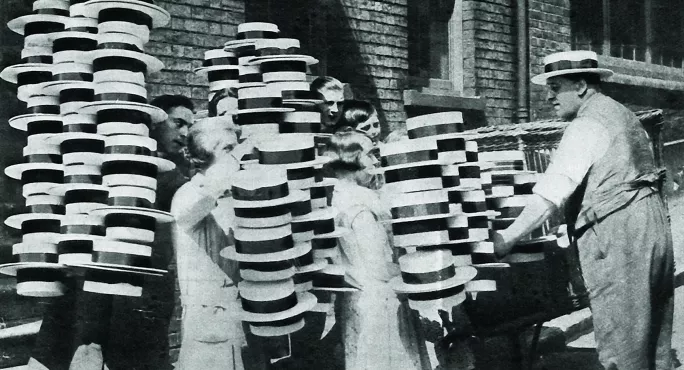Since joining Twitter nearly three years ago, I have noticed a real disdain in many circles towards the use of Thinking Hats in schools. Many see this framework as a fad that does not support student learning and claim we should never use it. I’m not so sure.
For those of you that don’t know, Thinking Hats were developed by Dr Edward de Bono and colleagues in the 1980s. There are six “hats” and each has a different colour, which represents a specific focus for thinking.
The yellow hat, for example, is for thinking positively i.e. what is the value and why? What do I like about this and why?
Read more: How to use questioning more effectively
From the magazine: How to get students to see a new perspective
Listen: How much of your lesson should be teacher talk?
Students can work through all or some of the hats in a sequence. As a result, they view an issue or problem from multiple perspectives and conduct a thorough evaluation.
As mentioned, people have been very critical of the Thinking Hats approach, but it works well in my classroom. Here are my five reasons why the process works, based on my experiences as a secondary school teacher and, more recently, my jump into primary education.
1. Reflection
Work through the Thinking Hats and you will have worked through positives, limitations and solutions, explored all the facts and considered your gut responses. It’s an easy-to-remember structure that is suitable for all students, during or at the end of something, whether that be a lesson, topic or assembly.
When students are taught the framework and develop fluency in its use, this can form a rich basis for authentic target setting. Sometimes, I don’t use all the hats; often, I mix up the order of the hats depending on the type of task and time available during the lesson. But regardless, the hats have always provided a comprehensive method to self- or peer-assess.
2. Evaluating content
The hats lend themselves really nicely to some topics and practices in RS and English, such as debating. They are also great for getting pupils to reflect on a particular process when solving a maths problem - what are the benefits of this particular method and why? What might the drawbacks be and why?
Again, once students are trained in the approach, they can be prompted by the hat colours to discuss an issue or problem from each perspective.
3. Framing conversations
I often use the Thinking Hat language to structure conversations with students when I ask about their day or after an incident has occurred. That doesn’t need to be “With your yellow hat on, tell me…” but I’ll always use the language that links to each hat.
The framework provides a well-organised road map for me and the student to talk through. In a secondary setting, I have provided a hat-based scaffold to help students consider and articulate their thoughts prior to discussing behaviour incidents - having this reflection time scaffolded can enable richer conversations.
4. Discussing emotions
The red hat honours the emotional response and, when sat alongside sentence starters and lists of varying emotions, it can provide a vehicle for developing vocabulary around emotions, which can help students to talk about how they feel.
5. Not domain-specific
If students see the hats used in both curriculum and pastoral settings, they develop a language for evaluation that is not limited to a particular subject or situation. Hopefully, this will mean that, when they come across hurdles outside school, they will be able to rationalise their thinking using this nifty little structure. Providing a flexible framework in school empowers students’ decision making outside school - they don’t need to put their red hat on, they can just think through the language.
Hanna Miller is assistant head for teaching and learning across the Thinking Schools Academy Trust. She tweets @notesfromthebun




